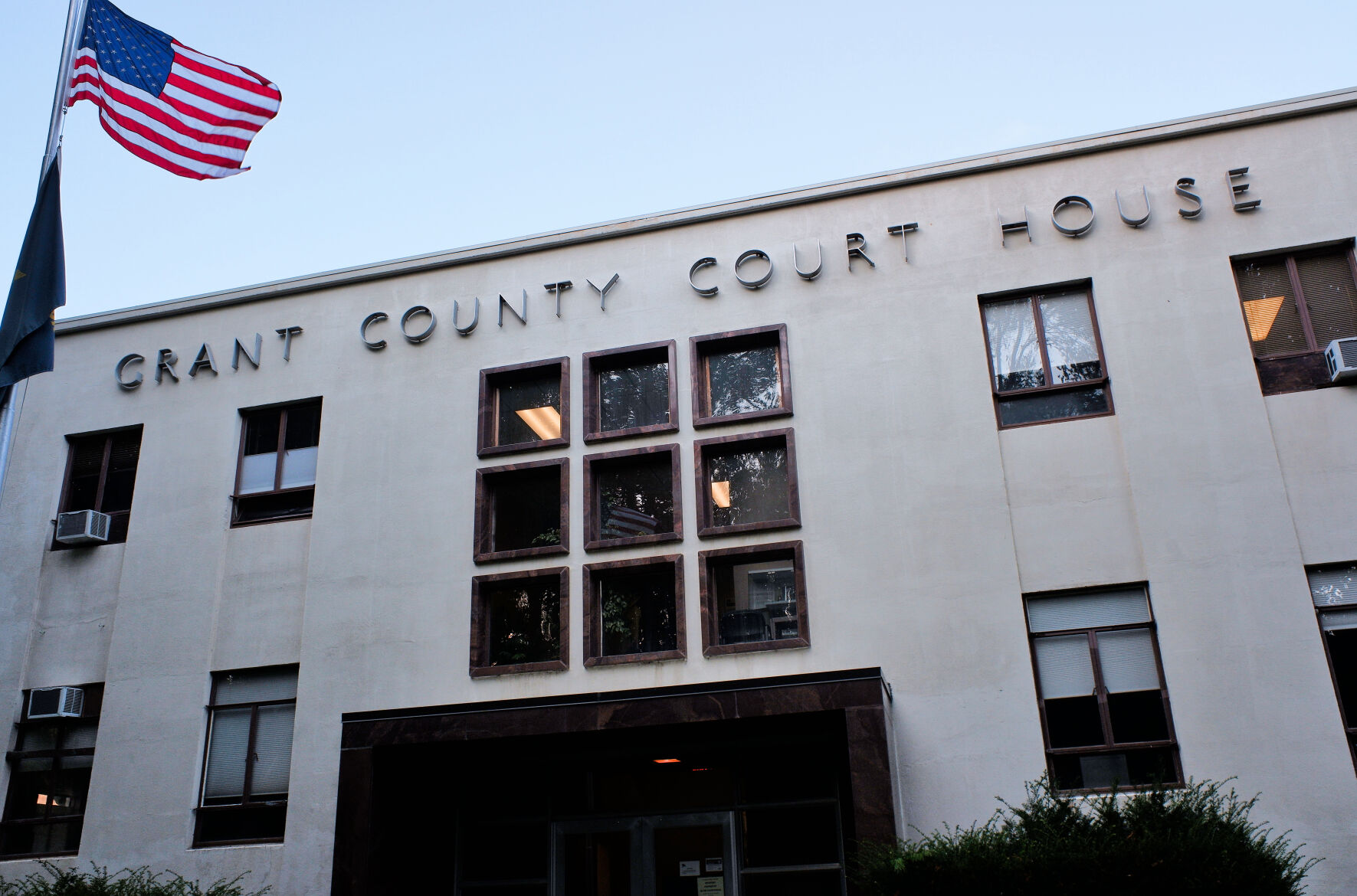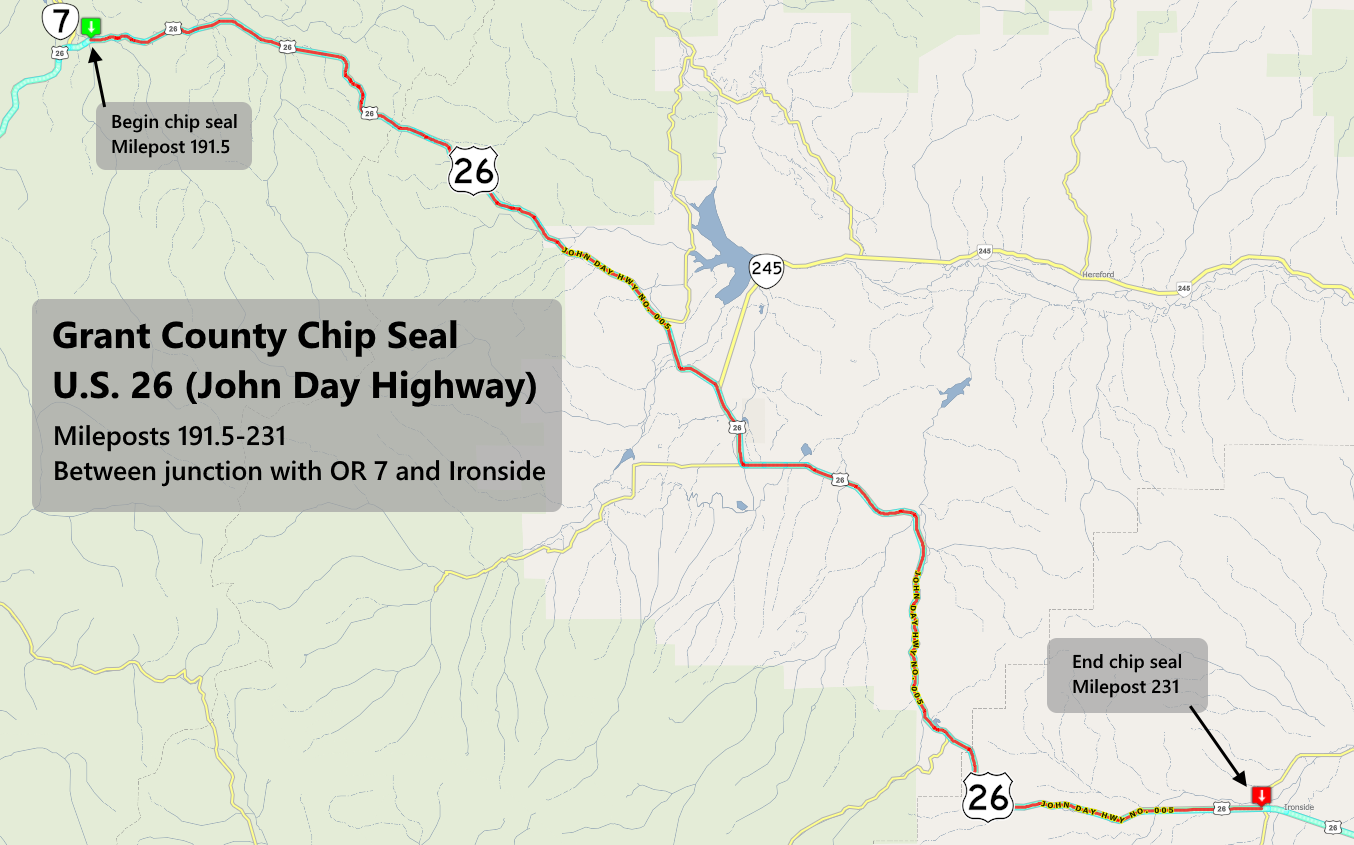Bad signatures top reason for ballot rejection
Published 11:31 am Wednesday, October 29, 2014
Oregonians who want to make sure their votes get counted on Nov. 4 might want to pay close attention to their handwriting.
Signature problems were the top reason ballots in the state’s vote-by-mail system got tossed out in the 2010 mid-term election, according to data from Oregon Secretary of State Kate Brown’s office. County clerks in 30 Oregon counties — six didn’t report data — rejected nearly 5,000 ballots in that election because signatures on the envelopes did not match the signatures on file, and more than 3,200 ballots were discarded because they lacked any signature. Approximately 1,900 ballots arrived too late to be counted.
The counties that did not report the numbers of ballots they rejected in the 2010 mid-term election were Curry, Grant, Lincoln, Malheur, Tillamook and Wheeler counties.
The number of rejected ballots translates to a tiny fraction of the total ballots cast. Less than 1 percent of the 1.4 million ballots cast were rejected in the 2010 mid-term, and similar percentages in other recent elections. Nonetheless, a spokesman for the Secretary of State’s Office and an expert on early voting said there are ways that Oregon could improve.
“I think any time a ballot is not counted, that there is something that needs to be worked on,” said Tony Green, a spokesman for Brown. “Even though these are very small percentages, these are still voters who wanted to cast a ballot and we should look for ways to make sure as many votes as possible are counted.”
Green said lawmakers did just that earlier this year, passing a bill to increase the amount of time voters have clear up signature problems with the local county clerk’s office. Under the new law, voters must resolve any signature issues by no later than 14 days after the election, according to the Secretary of State’s manual.
In addition to discrepancies in handwriting and ballots without signatures, another common problem is that people who live in the same household will accidentally sign each other’s ballots.
Oregon has more experience with mail-in ballots than much of the nation. The state created a pilot program in 1981 to allow the practice for local elections, and voters approved a statewide vote-by-mail system in 1998.
Paul Gronke, political director for DHM Research and the Early Voting Information Center at Reed College, said counties could make it easier for people to vote on time, if they installed more drop boxes in convenient locations. Gronke was less concerned about ballots rejected because the signatures did not match, because he said signature verification is an important measure to prevent fraud.
“The biggest problem in my opinion is the disparity in drop boxes in different counties,” Gronke said. Contrary to what people might believe about Oregon’s voting system, Gronke said, “we don’t vote by mail. Over half the ballots are delivered by drop box.”
Many counties have just a handful locations for voters to deposit ballots, according to the Secretary of State’s drop box locater. In some of the most populous counties, the numbers of drop boxes varies significantly. Multnomah County has nearly 30 official ballot drop boxes, while Washington County has fewer than 20.
As election day approaches, more people use the drop boxes. Voters who do not get their ballots in the mail by Friday should instead deposit their ballots at one of these locations to make sure their votes are counted, according to the Secretary of State’s Office.
Tillamook County Clerk Tassi O’Neil said her office always receives a handful of late ballots after an election, “because people just forget what day election day is.”Clerks send letters to people whose ballots were not counted, and that news often upsets these voters.
“You feel bad, but you can’t count their ballot,” O’Neil said.






